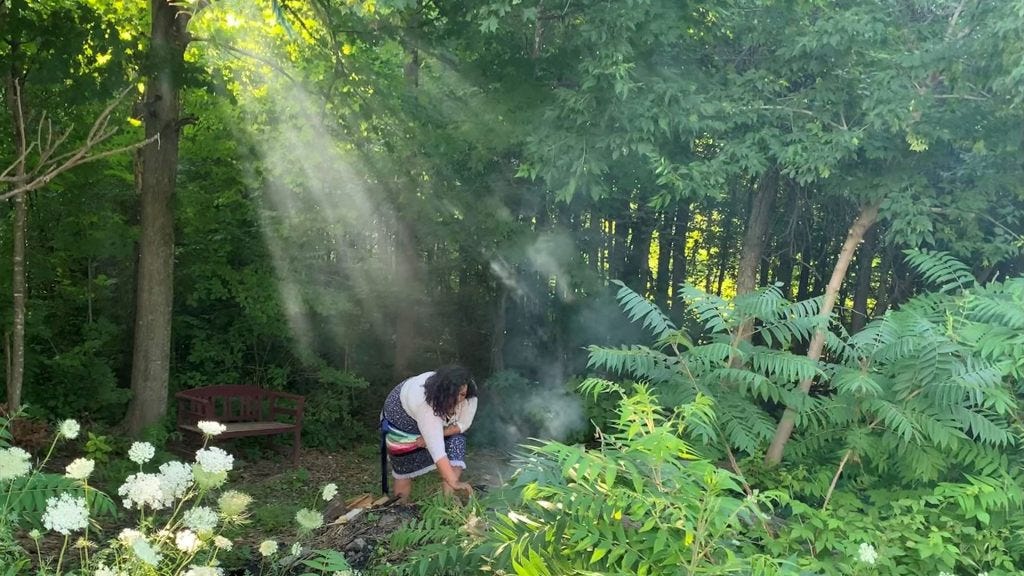As hundreds of events are planned across the country today to mark National Indigenous Peoples Day, recognizing First Nations, Inuit and Métis cultures and traditions, one of these traditions — the notoriously differentially high levels of aboriginal sexual assault — will go unmentioned.
Please find below brief excerpts from yet another story about sexual assault among indigenous people, most of it committed by other indigenous people.
Please take time to read the entire news story here or by clicking on the following link: https://www.aptnnews.ca/national-news/treaty-3-sex-assault-epidemic-investigation/
Also, consider the probability that inter-student sexual assault, both heterosexual and homosexual, was also higher in Canada’s Indian Residential Schools than in the general population.
So, why is sexual assault so much higher among indigenous people?
Sex assault rate 10 times higher in Treaty 3 First Nations than national average
Kenneth Jackson
APTN News
Jan 26, 2023
Evidence points to an epidemic of sexual abuse across the territory

An APTN investigation has identified dozens of sexual abuse victims across First Nations in Treaty 3 territory in what survivors describe as a silent epidemic that has gone unaddressed for generations.
In fact, APTN couldn’t find a single report specifically aimed at addressing sexual abuse on-reserve at the Grand Council of Treaty 3 in northwestern Ontario.
We asked Grand Chief Francis Kavanaugh for comment, but he never responded to our multiple calls and emails.
While Kavanaugh wouldn’t talk, Chief Jeffery Copenace did.
“If the chiefs aren’t going to try to fight for our women and the abused, then who is?” said Copenace, of the Ojibways of Onigaming First Nation.
Copenace said he’s a victim of sexual abuse, just like many from his community.
“I’m not going to stop talking about it,” he said.
The only mention of sexual abuse on-reserve in the territory is data found in the annual reports of the Treaty Three Police Service that APTN examined for this story.
Over the last five years, there’s been 485 sexual assaults reported in 23 communities, which are largely investigated by frontline officers, that had a combined on-reserve population of 8,685 as of Dec. 2022, according to the federal government.
Last year [2022], there were 93 reports of sexual assault.
That’s more than 1,000 assaults per 100,000 people.
The national average is 90 per 100,000.
As high as that number is, it’s not telling the full picture, APTN found.
Survivors of abuse said most victims in Treaty 3 don’t report their assaults, which isn’t uncommon, as only six per cent of victims report sex abuse in Canada, according to Statistics Canada.
All signs point to an epidemic of sexual abuse in Treaty 3 and APTN has traced some sexual abuse through generations of the same families.
APTN’s reporting appears to be the first time anyone has taken a serious look at the abuse in Treaty 3. The information was found through interviews, court documents and searching newspaper archives for evidence to confirm the oral history spoken within the communities.
With the additional data, the police-reported sexual assault crime rate across Treaty 3 in 2021 was 10 times higher than the national average.




I spent 33 years as a judge dealing with sexual and physical abuse in indigenous communities. The perpetrators- mainly the men - blamed their own abusive behaviour on everyone but themselves - residential schools, racism etc. The women mainly cooperated with this deception, fearing that holding the men to account would reflect badly on indigenous people. So it continues
Imagine, a sexual assault rate 10 times the national average and mainstream media ignore the matter, or worse, blame it on colonialism or modernity.